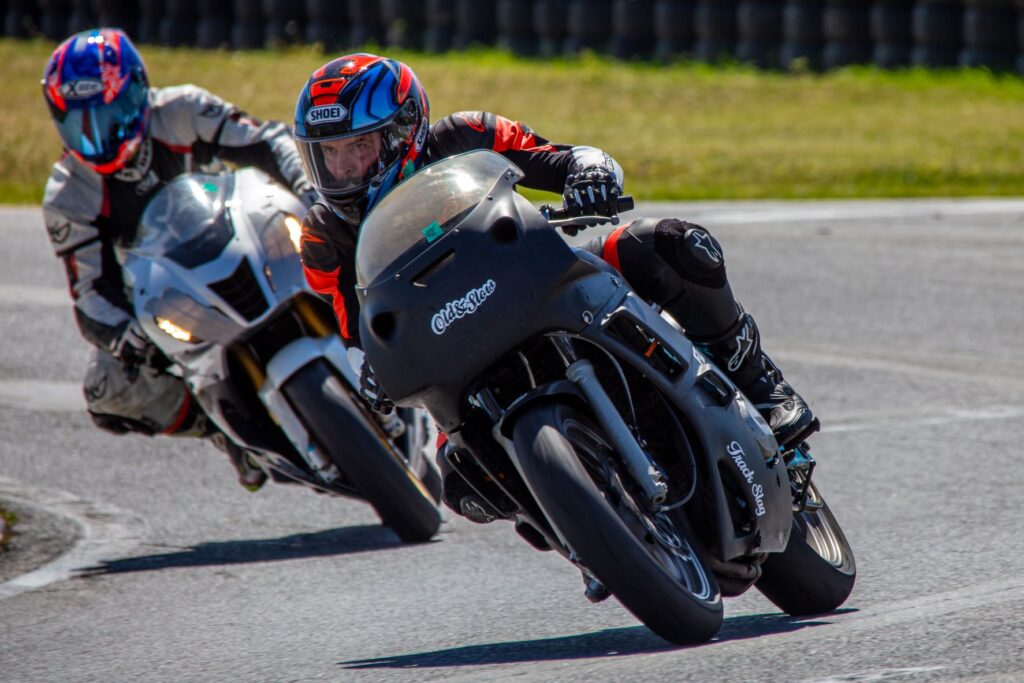It was a few months back that I wrote a post about Billy-Ray, the barn find 1992 FZR600 that I converted to a track bike and took out to the smaller of our three South Australian road courses – Mallala. I’ve owed my fellow FZR boffin Fury Moto a post for a while on some of the mods I’ve made which have improved the FZR from stock, and finally I’ve got it done.
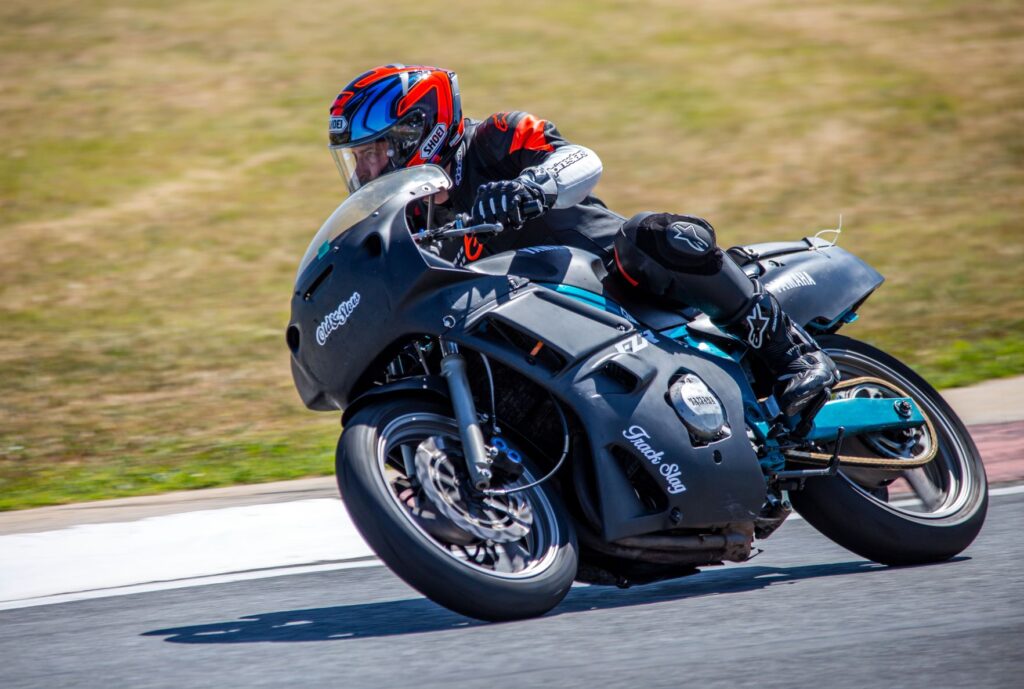
The blank canvas was a stock FZR600 with all lights, indicators and other associated road-going gear removed. The first time out at the track wasn’t awful. Even in stock form it was still a great bike for a beginner like me to take out to the track and not worry about the damage if I was to have thrown it down the road, so that’s a win in the first place. From there though, I was keen to see what I could do to make it better and faster on the track without spending big dollars.
One thing I’ve not touched is the engine, aside from new plugs, air filters and a general service. This means that on a good day it might be putting out around 80 horsepower, possibly more like 70. Without some serious investment this wasn’t going to improve much, so I chose to leave things like bigger pistons, lightened flywheels and conversions to total loss systems in the daydream category, and instead focus on lower cost changes.
So, with that in mind, here is my list of mods.
Chain and sprocket with lower gearing. Cost: $220. Benefit: High. Swapping over to a 14/46 from a 15/45 for a low speed track like Mallala made a big difference, giving more low-down poke in exchange for sacrificing top speed maximum (down from perhaps 230 to 200). Absolutely worth doing, noting that 80hp isn’t enough to get much past 200kmh on most tracks anyway.
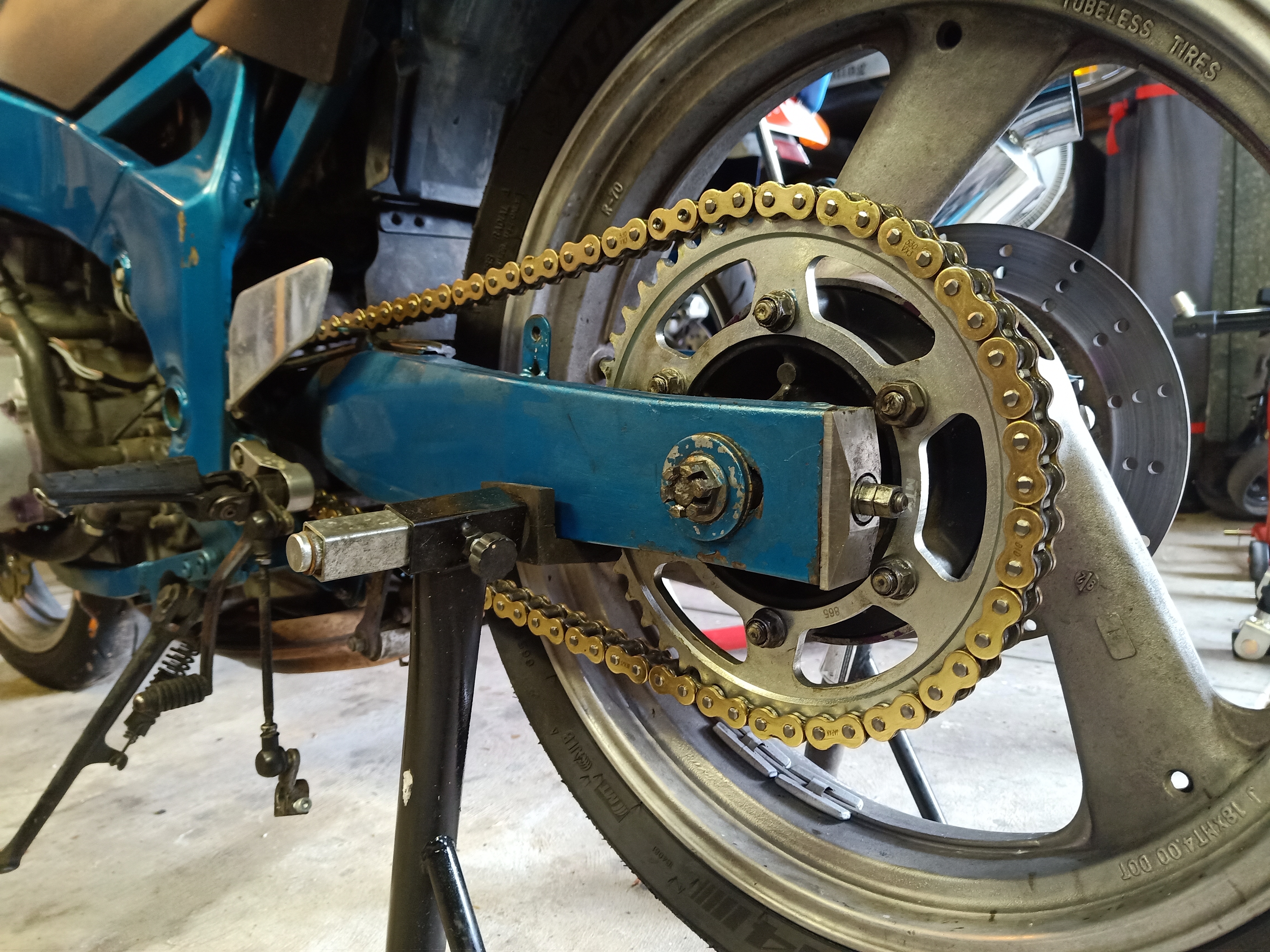
Five small washers. Cost: $1. Benefit: Moderate. Clutches on this model of FZR were rubbish from the start, and I struggled for a while to stop it slipping under hard acceleration at around 8000rpm. Had the clutch out more than once, measuring tolerances of the plates, getting some wet-and-dry on the metal plates, putting in new OEM springs, all to no avail. In desperation I tried the bodge of adding five small washers, one under each clutch spring bolt, to add some more tension to the springs, and bingo – one slightly heavy but very sorted clutch.
Sticky tyres. Cost: $550. Benefit: High. It’s getting tricky to find any rubber at all for the FZR’s naff 18 inch rear rim, let alone anything sticky (and if you’re running the 3.5 inch rim from the 1989 then forget anything good). Yes, there’s always the option of swapping out the swingarm to something 17 inch, but the one remaining option I’ve found (at least in Australia) has worked a treat. Dunlop still make an 18 inch in their Alpha 14 range, and as a track tyre it has been perfect – rock solid under the gentle power and rudimentary suspension of the FZR.
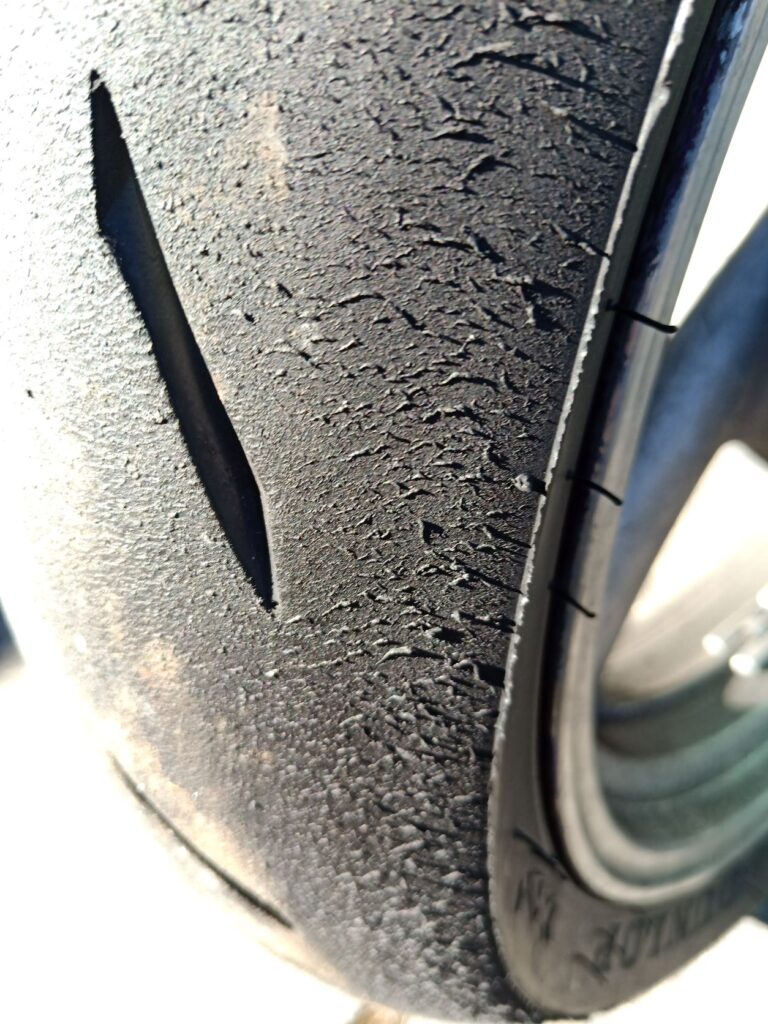
YSS rear shock. Cost: $650. Benefit: Moderate. Yes, the standard shock on the FZR is a soft, wallowing piece of garbage that should have been binned from the very outset. I had high hopes for the YSS shock, which is one of the few options still out there for a bike this long-in-the-tooth. On its stock settings it did indeed make the rear feel more firm, more planted and just generally better. I’ve only listed it as a moderate improvement though, as compared to some of the other mods it’s an improvement, but not the game changer I had hoped. I will admit that I’ve only tried it on default, and next time out I will be cranking it up to be stiffer to see what that does. That said, it is still worth the money purely because the old one is so poor. Does it transform the rear end into feeling like an R6 though? No.
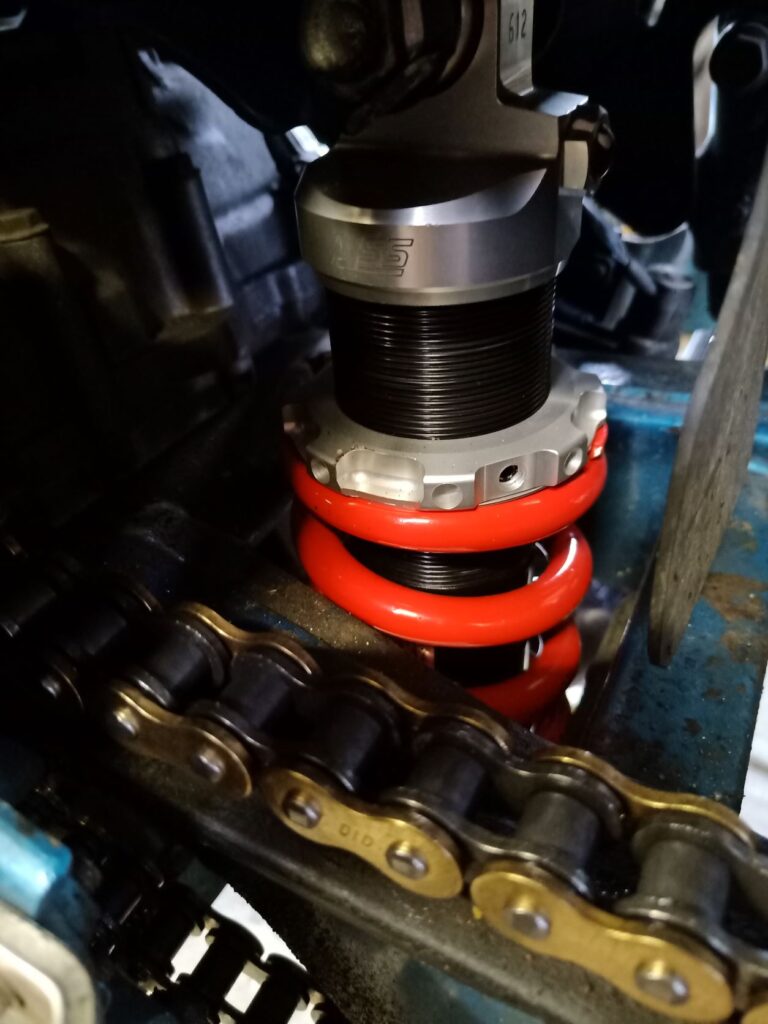
R6 front calipers and braided lines. Cost: $200 (calipers), $100 (new pads), $80 (braided lines) & $50 (eBay master cylinder). Benefit: High. Speaking of rubbish original equipment, the front brakes on the original FZR were decidedly mediocre. Not as bad as the rear shock, but still nothing that you’d write home about, particularly on the track. The conversion is pretty easy, depending on how much of the early model componentry you can find at the breakers yard or on eBay. I found a set of calipers but not the master cylinder, so bought a cheap eBay master cylinder and some braided brake lines and hooked it all up (noting that the big bonus here is that the ‘blue spot’ R6 calipers are a direct bolt-on, even if mounting the master cylinder was a bit fiddly). The difference is vast. What before was functional became lift-the-rear-end-under-heavy-brakes brilliant, and the feel went from ‘damp sponge’ to ‘two-finger power’. Probably the best upgrade done to the bike – if you can’t make it go faster, at least make it stop better.
Shorter dogbones. Cost: $80. Benefit: Moderate. The FZR, by today’s standards, sits low and the handling (while razor sharp at the time) is a little sluggish. Swapping out the stock dogbones on the rear shock for ones 25mm shorter raises the height of the rear by around 1cm – it doesn’t sound like much but it does do two things. Firstly, it increases the ride height, giving more ground clearance on corners (the pegs, fairing and exhaust were all decking out before making the change). Secondly, it increases the responsiveness of the steering – the change in the geometry makes the bike tip in faster, but not to the extent of making it unstable under speed. For the sake of under $100 (and cheaper if you hunt around) and an hour in the workshop (would have been quicker if I could have done it without removing the exhaust) it is a worthwhile investment for any track-bound FZR.
Adjustable fork tops. Cost: $40. Benefit: Small. Along with the rubbish rear shock, the FZR also had only slightly less rubbish front forks, with no adjustment to preload, rebound or anything else. If they need to be softer or firmer, take them out and try different fork oil. I thought I’d at least swap out the fork tops for adjustable ones (available on eBay or AliExpress) to give me the option to play with preload, and they are at least on there and if I needed it then I could have a play. That said, I’ve not needed to change the preload from stock, which seems to work well on the track anyway (which perhaps the Yamaha product team in 1992 would argue is why they don’t need to be adjustable anyway). Anyway, they are there, and if I need to then I could tweak them, and for $40, why not.
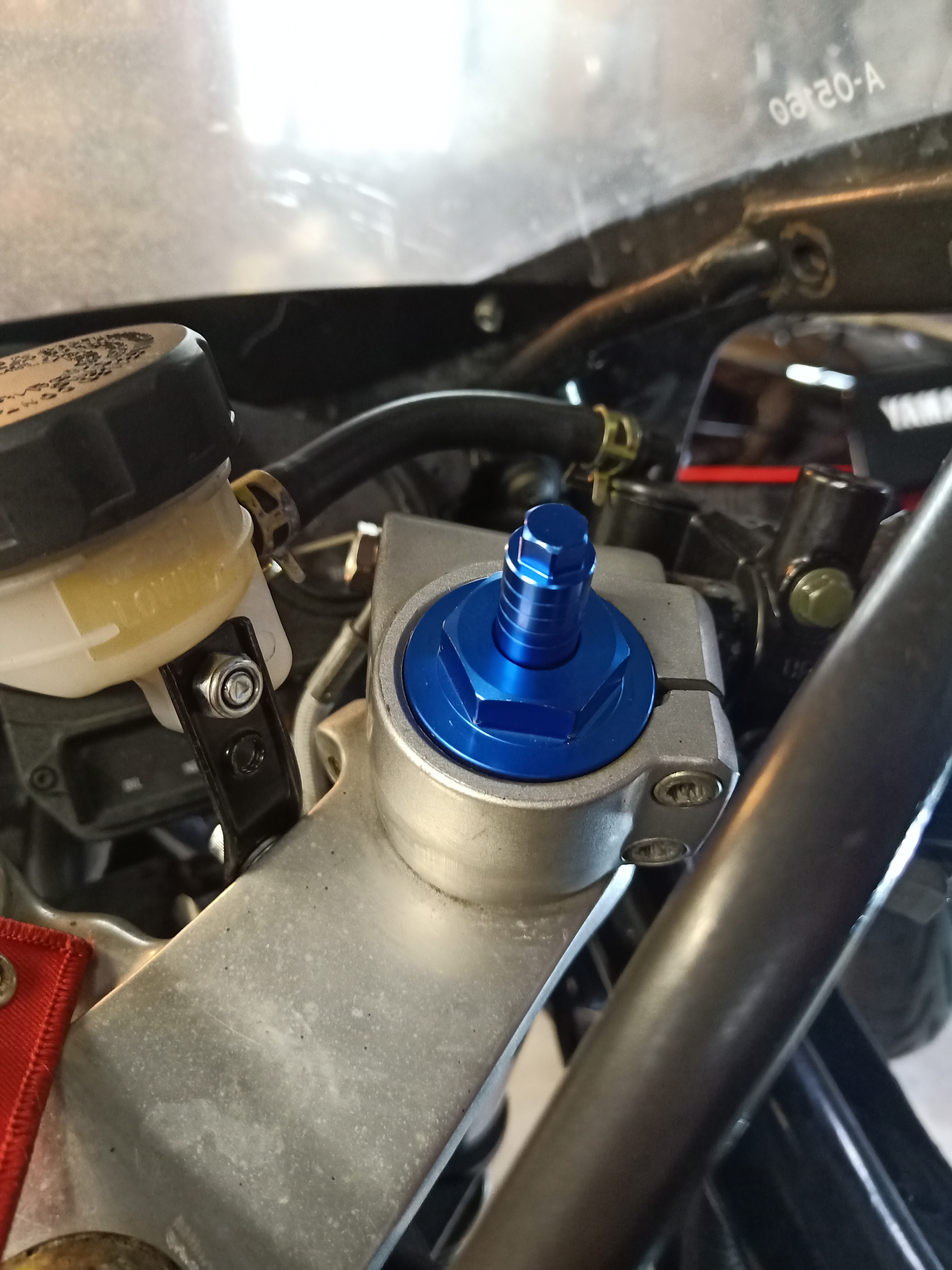
And that brings us to the end of the list of mods. There’s not much more that can be done without spending bigger dollars, which would defeat the goal of the FZR600 Track Slag. It gets outgunned on the straights, runs out of ground clearance on the corners, lacks the frame and suspension nuance of bikes made in this millennium, but it it still a barrel of fun on a short, tight track like Mallala. It gave me enough confidence to get my knee down for the first time ever (Turn 3 at The Bend), it gets plenty of comments in the shed on track days, and it harks back to a time before ABS, traction control, fuel injection, riding modes and fully adjustable suspension. And I can confirm that there is very few things in life that have felt sweeter than passing a much newer, much faster bike on the outside of a corner with my knee dragging on the deck – the exact kind of foolishness that the FZR has inspired in repressed hooligans for three decades.
